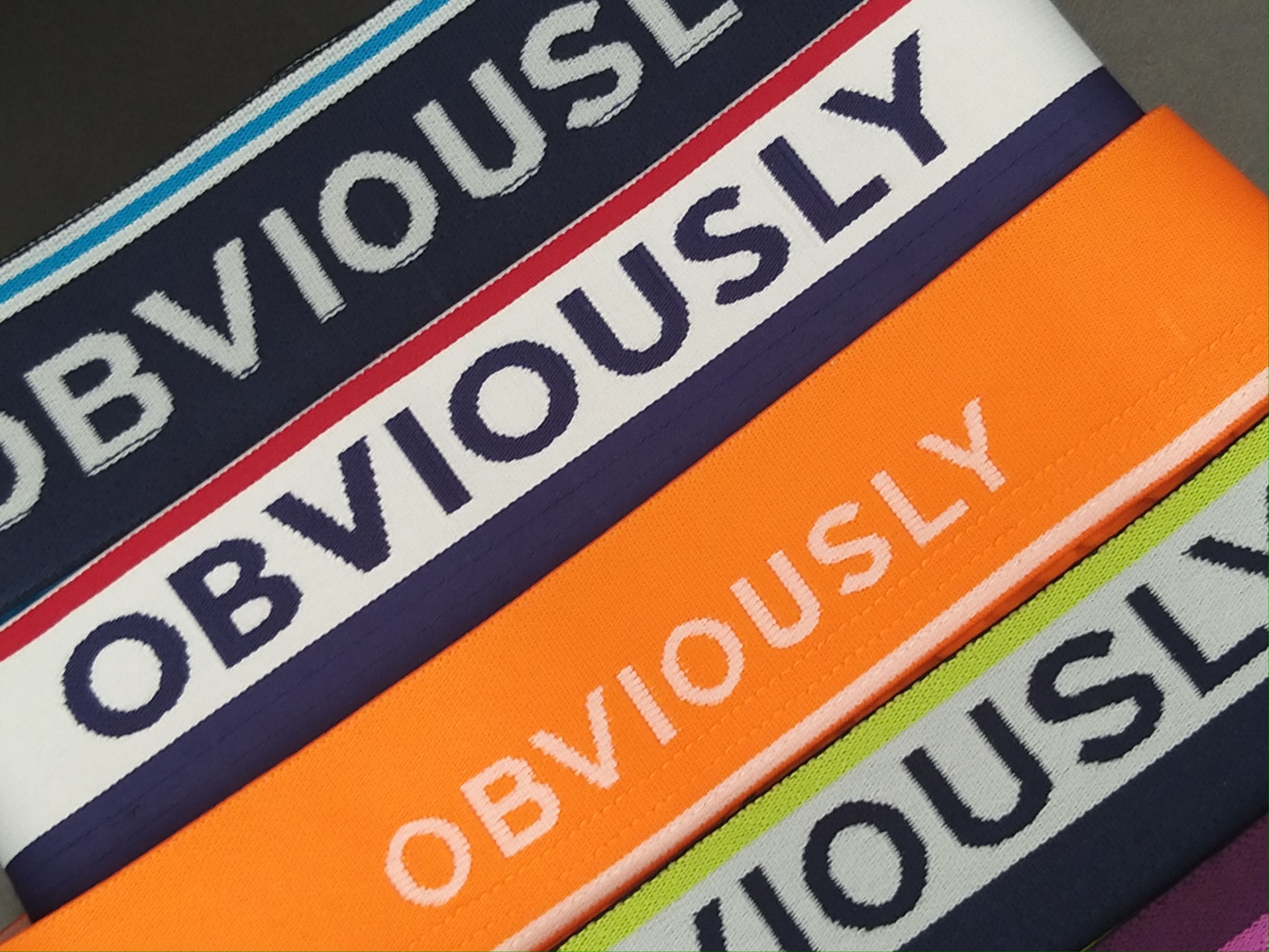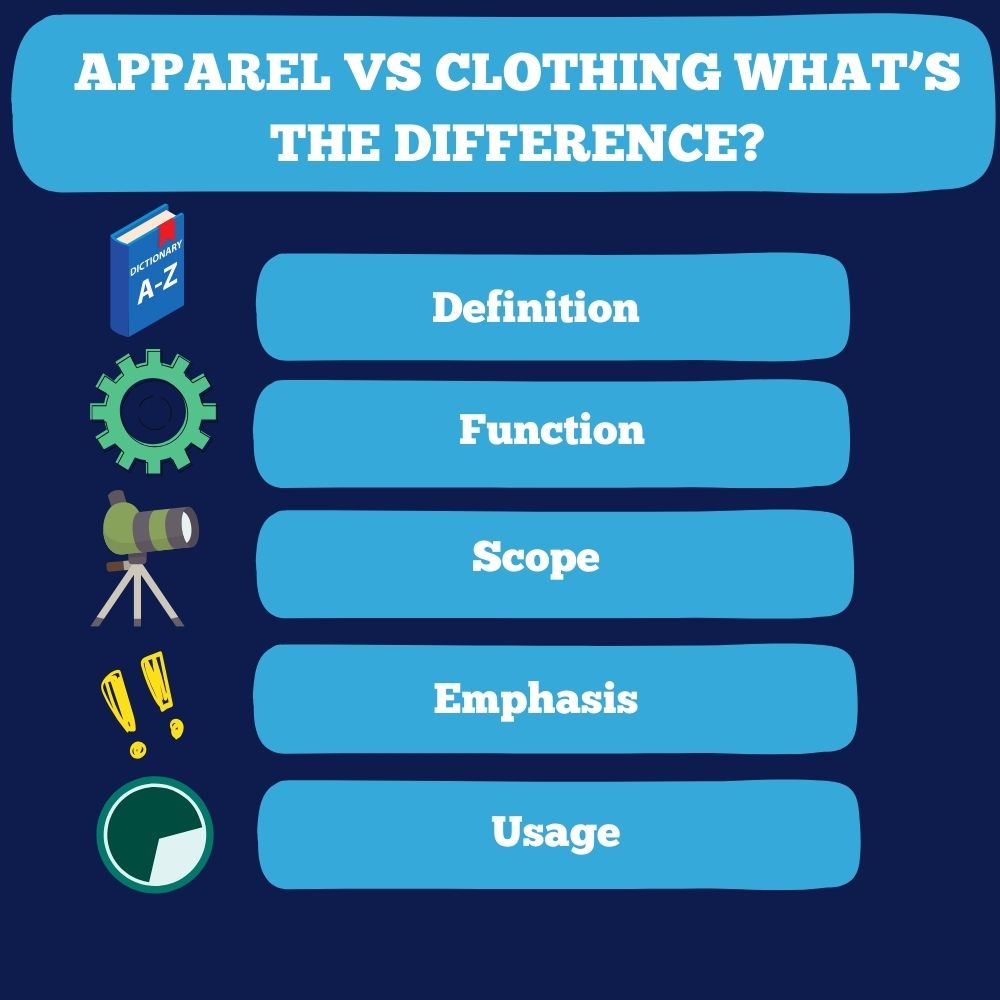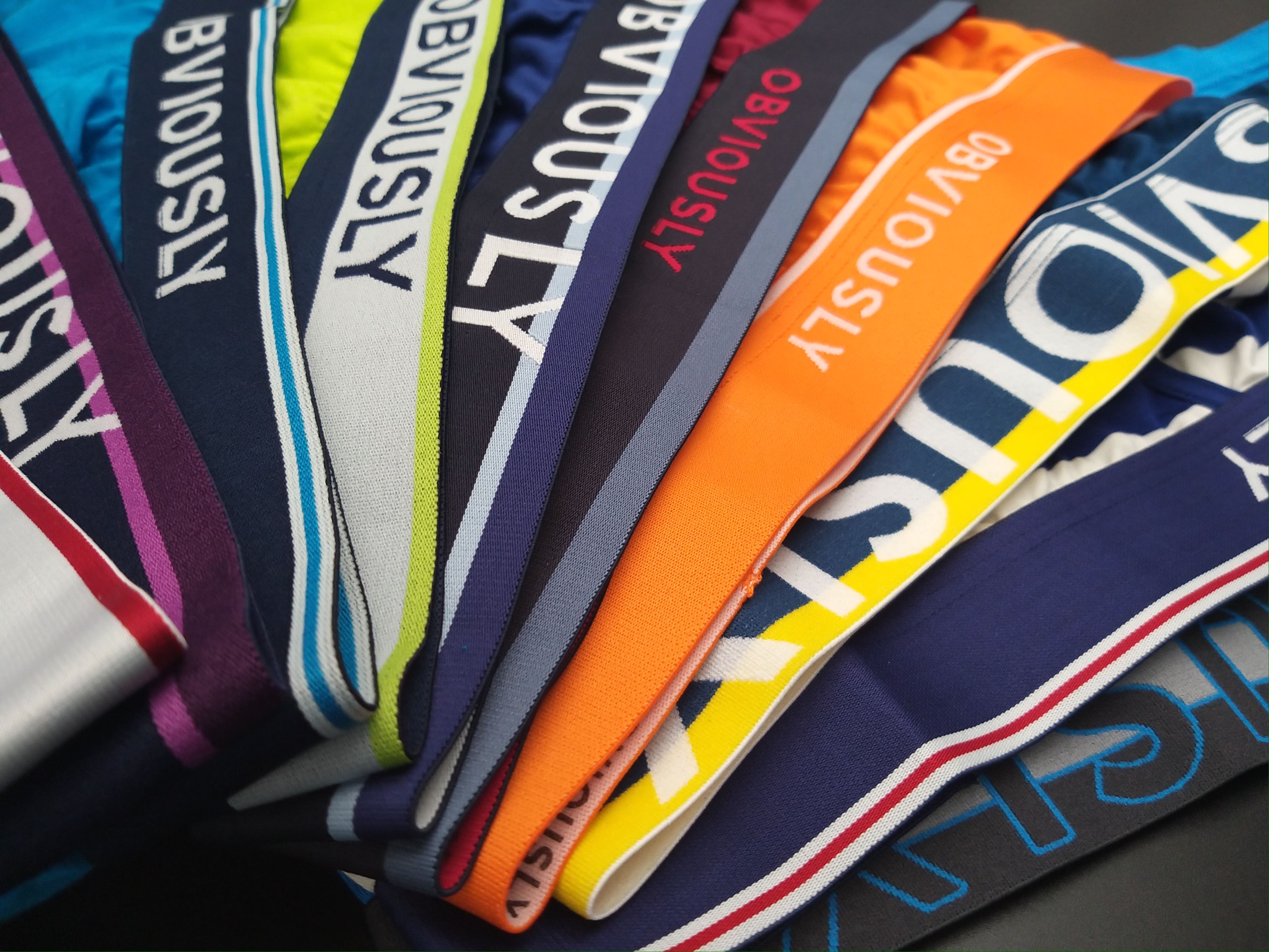
Apparel vs Clothing: What’s The Difference?
The fashion industry is a vast and ever-evolving landscape, filled with terms that can sometimes be confusing. One such example is the distinction between apparel and clothing. While they may appear to be interchangeable, understanding the subtle differences between the two can enhance your fashion literacy and empower you as a consumer. In this article, we will delve into the world of apparel vs clothing, unraveling their meanings, implications, and how they shape the choices we make when it comes to our style.
What Is Apparel?
The term "apparel" refers to a broad category of clothing and accessories worn by people. It encompasses a wide range of clothing items, including underwear, shirts, pants, dresses, jackets, and accessories like hats, scarves, and belts. Apparel is typically associated with fashion and style, and it serves both functional and aesthetic purposes. It can be designed for various occasions, such as casual wear, formal events, or athletic activities. In essence, apparel encompasses the entire spectrum of clothing options available to individuals, reflecting their style and preferences.
What Is Clothing?
Clothing, on the other hand, refers specifically to the garments that are worn to cover and protect the body. It includes items like shirts, pants, skirts, dresses, and outerwear. Clothing serves a primarily functional purpose, providing protection from the elements and maintaining modesty. While clothing can also be fashionable, its main focus is on practicality and meeting basic human needs. Whether it's a simple t-shirt or a sophisticated suit, clothing is an essential part of our everyday lives, allowing us to express ourselves and adapt to different social and environmental contexts.
Apparel vs Clothing What’s The Difference?
Here are the key differences between apparel and clothing:
- Definition: Apparel refers to a broad category of garments and accessories worn by individuals, encompassing a wide range of clothing items and accessories. Clothing, on the other hand, specifically refers to the garments worn to cover and protect the body.
- Function: Apparel serves both functional and aesthetic purposes, reflecting personal style and preferences. It can be designed for various occasions, such as casual wear, formal events, or athletic activities. Clothing, on the other hand, primarily serves a functional purpose, providing protection from the elements and maintaining modesty.
- Scope: Apparel encompasses the entire spectrum of clothing options available to individuals, including underwear, bags, shoes, jewelry, dresses, jackets, and accessories like hats, scarves, and belts. Clothing, however, focuses specifically on the garments that are worn to cover the body, such as outfits, shirts, pants, skirts, dresses, and outerwear.
- Emphasis: Apparel places a greater emphasis on fashion, style, and personal expression. It is often associated with trends, design, and aesthetics. Clothing, while it can also be fashionable, primarily focuses on practicality and meeting basic human needs.
- Usage: The term "apparel" is commonly used in the fashion industry, retail, and marketing contexts. It is a broader term. "Clothing," on the other hand, is a more commonly used term in everyday language and conversations. Understanding these differences can help individuals navigate the fashion industry, make informed purchasing decisions, and enhance their fashion literacy.

Do Clothing and Apparel Differ In Terms Of Fabrics and Textiles?
Yes, clothing and apparel can differ in terms of fabrics and textiles. While both clothing and apparel encompass a wide range of garments, the choice of fabrics and textiles used can vary. Clothing, being more focused on functionality and practicality, often includes a broader range of fabrics suitable for everyday wear.
This can include natural fibers like bamboo, linen, and wool, as well as synthetic materials like polyester and nylon. Apparel, on the other hand, tends to have a stronger emphasis on fashion and style, which can influence the choice of fabrics and textiles used. Apparel may feature a wider variety of luxurious or specialized fabrics, such as silk, satin, velvet, or high-quality blends.
Additionally, apparel merchandise may also include unique or innovative textiles, such as sustainable or eco-friendly fabrics, performance fabrics for athletic wear, or technical textiles for specialized purposes. The choice of fabrics and textiles in clothing and apparel plays a significant role in determining the overall quality, comfort, and aesthetic appeal of the merchandise.
Is There a Distinction Between High-End Apparel and Everyday Clothing?
Yes, high-end and casual attire differ. Luxury and high-fashion manufacturers use rich materials and skilled craftsmanship to make high-end garments. Superior quality, attention to detail, and exclusive designs define it. High-end clothing is usually expensive and elegant. Special occasions, formal gatherings, and fashion statements often involve it. The branding and reputation of the designer or fashion house affect the value of high-end clothing. Those who value exclusivity, distinction, and fashion are interested in these clothes. However, everyday wear is worn often for informal or functional purposes. T-shirts, jeans, leggings, and basic tops are comfortable, adaptable, and perfect for daily activities. Everyday clothing is cheaper and more accessible, reaching more people. Everyday clothes emphasize comfort, functionality, and affordability over luxury and designer branding. It offers comfort and style without the exclusivity or exorbitant prices of high-end clothing, meeting people's daily necessities. Fast fashion and mid-range brands make everyday apparel.
Understanding the distinction between high-end apparel and everyday clothing is crucial for consumers and businesses in the fashion industry. It guides consumer choices and helps businesses define their target market, branding, and pricing strategies. Both segments cater to different consumer needs and play a significant role in the fashion landscape.
How Does The Pricing Of Apparel Differ From The Pricing Of Clothing?
The pricing of apparel and clothing can differ based on various factors. High-end apparel, often associated with luxury brands and exclusive designs, tends to have higher price points due to the use of premium materials, meticulous craftsmanship, and the prestige associated with the brand. Everyday clothing, designed for practicality and affordability, typically has lower price points to cater to a wider range of consumers. Factors such as brand reputation, production costs, materials used, and market demand also influence the pricing of both apparel and clothing. Ultimately, the pricing of apparel and clothing reflects the perceived value, quality, and target market of the respective garments.
Conclusion
In conclusion, understanding the difference between apparel and clothing is essential for consumers who want to make informed decisions when it comes to their fashion choices. While the terms are often used interchangeably, apparel encompasses a broader range of garments and accessories, with a focus on fashion and personal expression. Clothing, on the other hand, refers specifically to the garments worn to cover and protect the body. Additionally, there are distinctions between high-end apparel and everyday clothing, with the former emphasizing luxury, exclusivity, and higher price points, while the latter prioritizes practicality, affordability, and comfort. By recognizing these differences, consumers can navigate the fashion industry with confidence, and businesses can better cater to their target markets.
Final Thoughts
Discover the pinnacle of comfort with Obviously Apparel. Our commitment to excellence shines through in every detail of our underwear collection. Crafted with premium bamboo and micromodal fabrics, our underwear offers unmatched comfort and support. Whether you're working out or going about your day, Obviously Apparel's men's underwear is thoughtfully designed to meet your unique needs. Indulge in a world of unparalleled comfort and embrace a lifetime of luxurious ease with Obviously Apparel.
Sources




